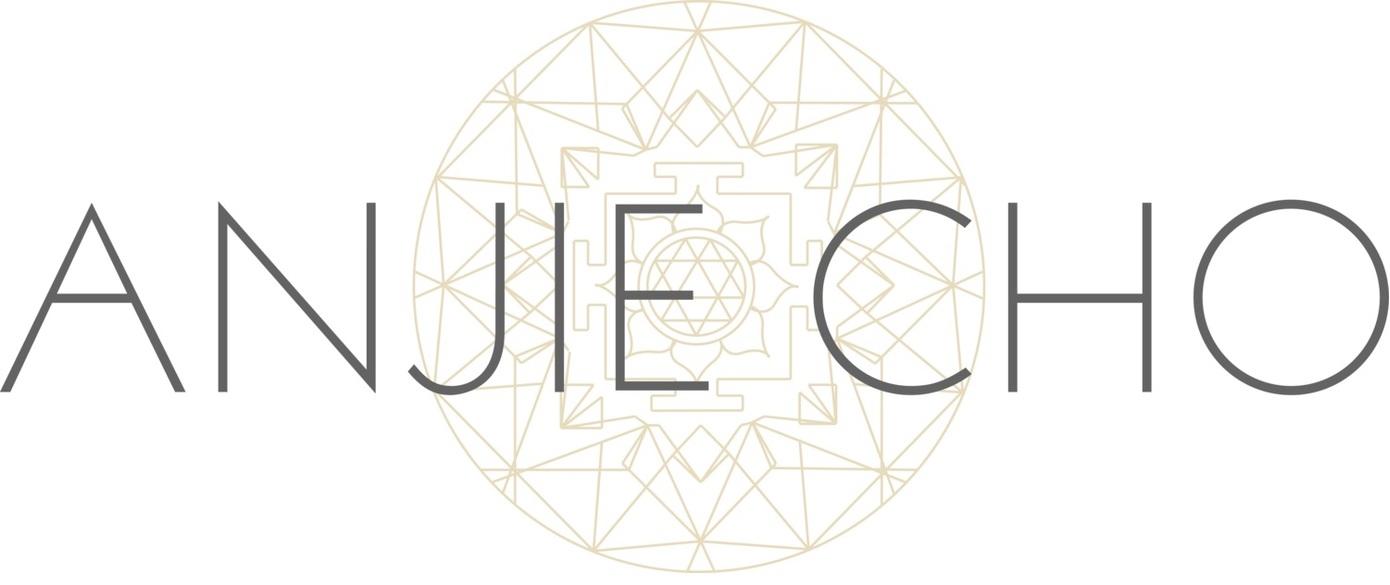Dear Anjie,
Hope you are doing well. Thank you so much for your podcast; it's very helpful. I'm in the process of moving to a new house. It would be very helpful if you could please let me know which is the best front door direction to look for, as I and my wife are creative professionals. I write music for film and tv and she writes and edits novels and short stories. And both of us work from home. We would like to strengthen our financial stability and growth. And we would also like to attract more opportunities in our respective careers.
Jaikumar S., Mumbai, India
Dear Jaikumar,
Thank you for your email, and I’m glad you like the podcast!
I understand you would like to know the best front door direction for your family as creative professionals who work from home. There are dozens of feng shui schools, and the one that I practice is called BTB feng shui. BTB feng shui does not prioritize the direction of the front door on the basis of the compass directions, rather we look at how the door is located in relationship to the flow of qi (or energy).
Because you noted that you and your wife would like to attract more opportunities, it would be best if your entry door was easy to find and visible from the street. Ideally you would have the house number very easy to find and a clear path to reach the front door. This means that the qi can find you, therefore the opportunities can also reach you with ease.
I would discourage a front door to a home that is on the side or back of the house, or hidden. If it’s hard for your friends to visit you, it will also be for all the opportunities and prosperous qi.
You mentioned that you and your wife would like to work on financial stability and growth. With respect to the front door, you could make sure that the home has a door that is stable and in good condition. Repair any non-functioning items and oil any squeaky hinges. You can even repaint the door to refresh the qi. The colors related to growth are bright blue and green. These colors relate to the wood element. Or you can opt for a deep green like the color of a deeply rooted and stable tree canopy.
Remember to keep your entrance well-lit and free of clutter as well! I encourage you to also take a look at some of the blog posts on creating a productive home working space, like The Feng Shui Home Cleanse That Will Bring Your Intentions to Life, as well as Q&A Sunday: Feng Shui for Career Growth and Direction, another relevant reader question. Thank you again for reading the blog and listening to the podcast. I hope these adjustments help!
If you’d like to learn more about feng shui check out the Mindful Design feng shui cerfication program. Laura Morris and I launched our program in September 2018. Check us out at www.mindfuldesignschool.com
Mindful Design is a new way to learn feng shui. Our a unique training program takes an holistic approach to learning the art of feng shui design. Mindful design is about becoming aware, and attentive, to the energy around you: both inner and outer qi. It is about promoting a better way of living and creating sacred spaces that support, and nourish.







